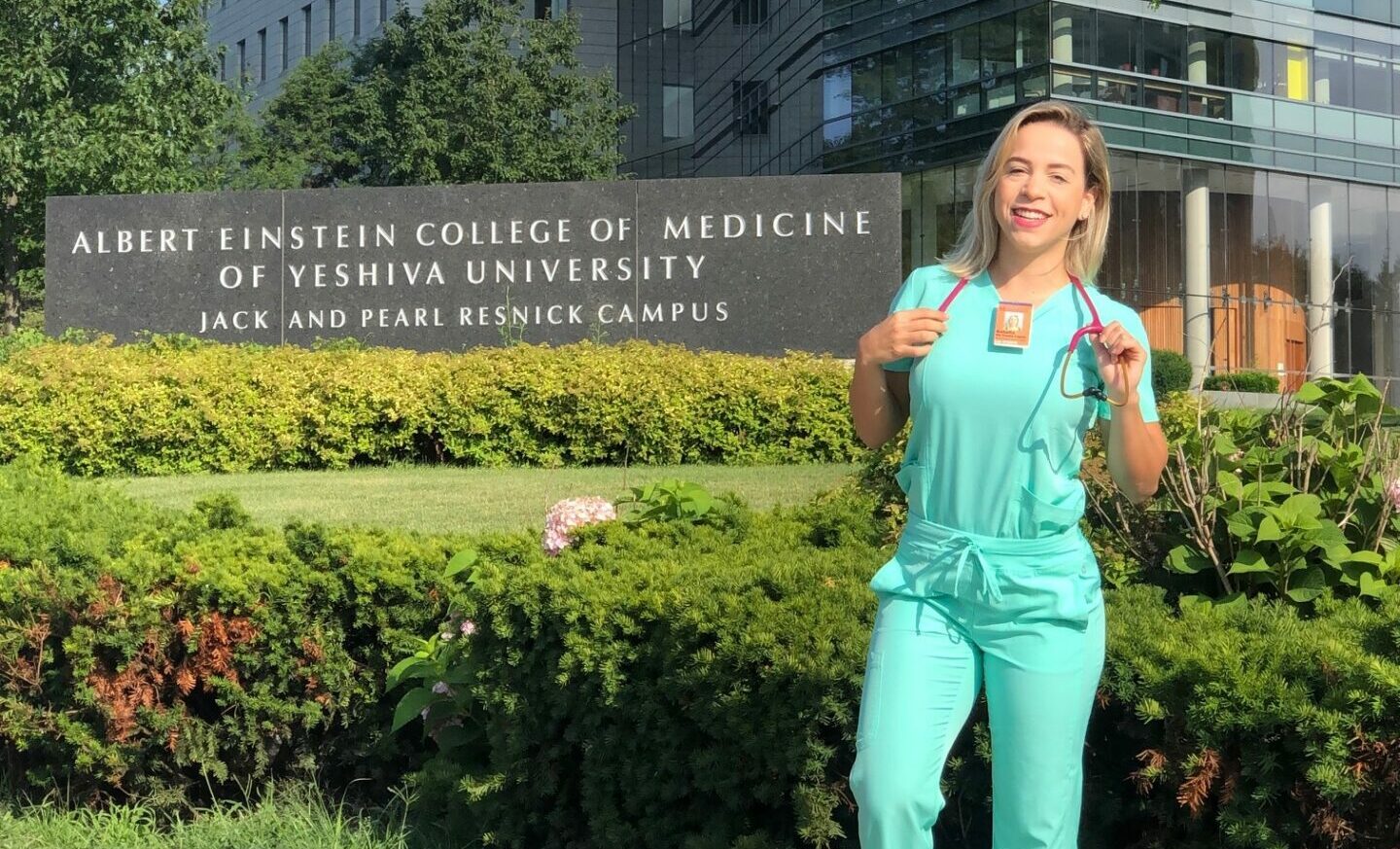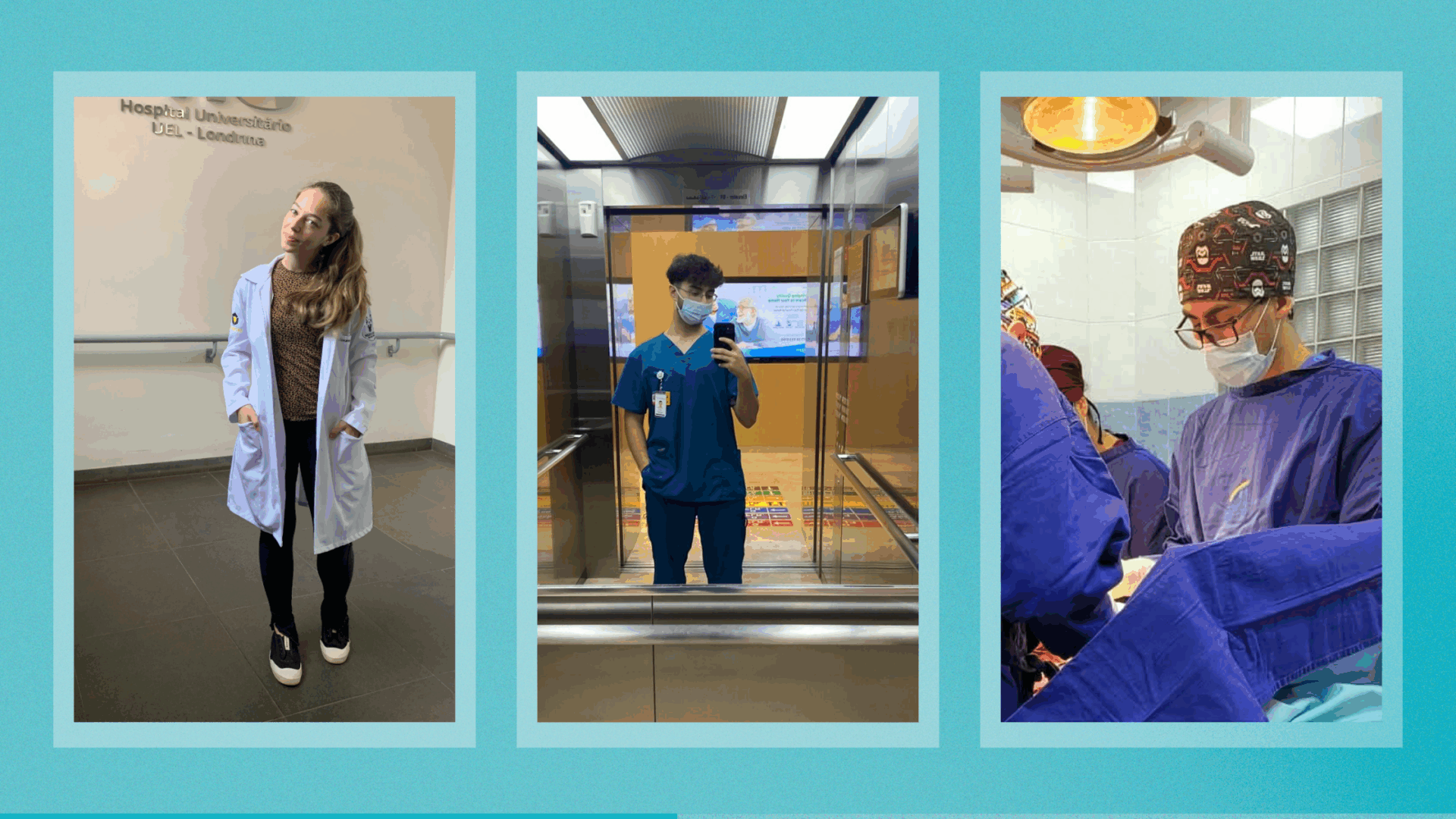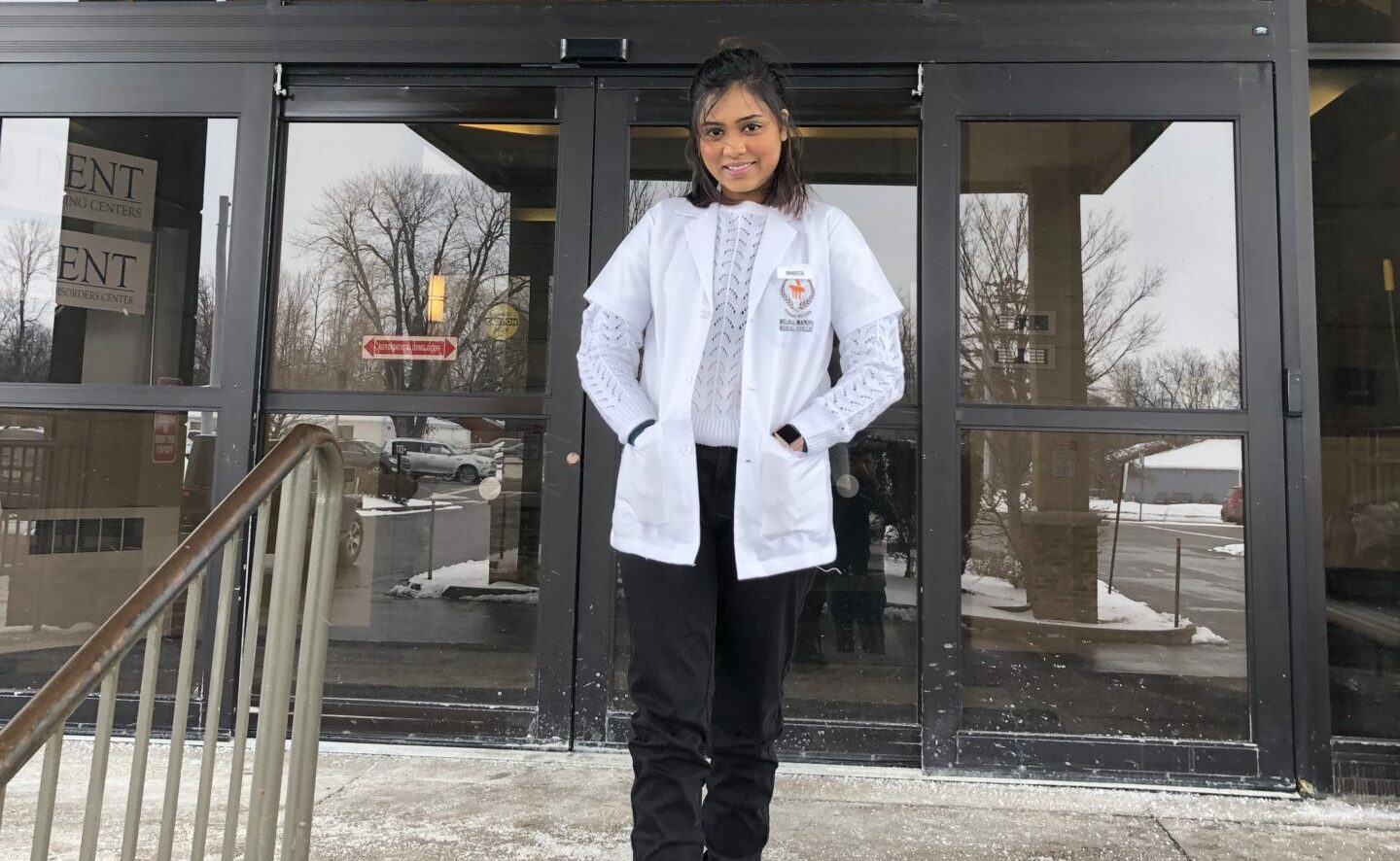Last month, at Albert Einstein College of Medicine in the Bronx, Dr. Ruth Gottesman, a former professor at the college, made an announcement that caused the students in attendance to erupt into a standing ovation. In a video posted to X (formerly Twitter) by Huffington Post reporter, Yashar Ali, the crowd’s emotions are first felt, and then, as the camera pans around the room, it is seen in hugs, high-fives, and tears of joy being wiped away.
This is because Dr. Gottesman’s announcement not only reshaped the rest of these medical students’ time at Albert Einstein College of Medicine. The announcement altered their careers.
As The New York Times reported in February, Dr. Gottesman, the 93-year-old Professor Emerita of Pediatrics, was speaking on the occasion of a $1 billion donation she made to the medical school.
Her stipulation: the funds must be used to cover tuition costs for all students moving forward.
And, as Dr. Gottesman included in her announcement, they will begin as soon as this fall.
As the U.S. struggles with a worsening physician shortage, Dr. Gottesman’s announcement follows a watershed moment in the landscape of medical education after it was announced in July of last year that Keith and Elaine Langhone had donated $200 million dollars to keep NYU’s School of Medicine tuition free (an initiative in place since the school opened in 2019).
Dr. Gottesman’s donation stands out, however, as it flips the schools tuition model. In doing so, it challenges age-old conventions around medical school costs and and envisions a new era of accessibility and equity. It is a progressive commitment that directly addresses an ailing system.
A Future of Tuition-Free Medical School?
For Gottesman, the decision was clear: to alleviate the financial burden faced by aspiring physicians and pave the way for a more inclusive and diverse cohort of medical professionals. Her donation is more than philanthropy; it makes a direct and immediate impact on the students at Albert Einstein College of Medicine and it asks us to rethink the effect rising tuition costs have on equitable access to education and in the availability of care.
Citing the American Association of Medical Colleges (AAMC), the Education Data Initiatives (EDI) reports the average medical student debt in the United States as of 2018 (the most recent year of collected data) is $203,000–nearly $50,000 higher than just ten years prior. However, this only accounts for debt accrued from medical school tuition costs, and the EDI study shows the average student debt held by medical school graduates is $250,995 (accounting for both medical and pre-medical student loan debts).
The AAMC cites disproportionate impact of the physician shortage on primary care specialties such as family medicine and pediatrics as a byproduct of an aging, retiring workforce and a lack of pipeline to replenish the positions. In looking into those specialties short pipelines, it seems debt may be an underlying cause.
While the AAMC lists both family medicine and pediatrics the hardest hit by physician shortages, a 2023 article from Becker’s ranks both fields within its top ten lowest paying specialties. Citing IRS and Census Bureau data, a 2023 Washington Post article supports Becker’s finding, showing pediatrics and family medicine among the lowest earning specialties during a physician’s peak earning years (ranking 52nd and 59th, respectively).
While salary and earning potential as a concern may seem counterintuitive to how the general public thinks of doctors, the Washintong Post quotes Joshua Gottleib, an economist at the University of Chicago, who explains “You can want to help people and you can simultaneously want to earn money and have a nicer lifestyle and demand compensation for long hours and long training. That’s totally normal behavior in the labor market.” With tuition removed from the equation, physician earning potential increases, potentially reducing the concentration of graduates into high-earning specialties, as some have suggested.
Beyond the Pay Grade
Even before enrollment, tuition is a barrier-to-entry to medical school, leaving those from lower-income backgrounds deterred from applying or facing financial difficulty in completing their degrees. Dr. Gottesman’s initiative paves the way for a more equitable and accessible entry point to medical school and aids in fostering a new generation of physicians who reflect patient populations in the country’s most under-served areas (areas serving historically marginalized patients and rural areas).
In announcing the donation, Dr. Philip Ozuah, the president and CEO of Montefiore Medicine, the college’s parent company, hailed Gottesman’s donation as a “transformational gift.” In the landscape of medical education, it is a gift that makes a splash now but one that will have a rippling effect across generations, setting a new precedent for future philanthropic donations to medical schools by challenging the current model of tuition fees that perpetuates inequities and impedes access to medical education for countless aspiring physicians.
Gottesman’s gesture serves as a clarion call for systemic reform. It challenges us to interrogate the status quo and reimagine a future where education’s accessibility is one also of equity.







Leave A Comment